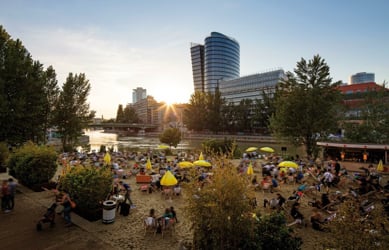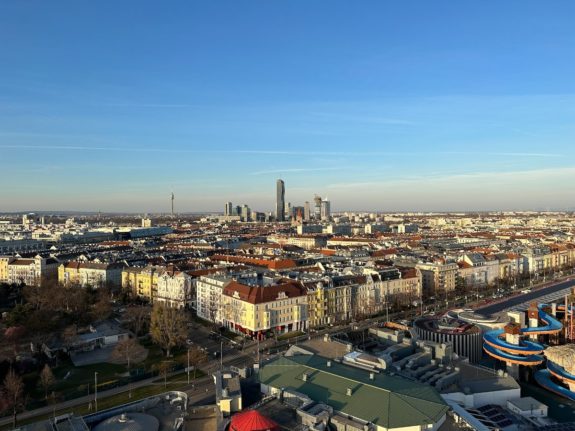“Over the past decade Vienna has blossomed like edelweiss, or risen like a phoenix,” Monocle said, managing to reference both The Sound of Music and bearded drag queen Conchita Wurst.
Monocle's Quality of Life survey ranks cities around the globe according to how 'liveable' they are, based on a complex set of metrics that uses both scientific and subjective data.
Factors taken into consideration when drawing up the list include: climate, architecture, crime rate, environmental issues, food and drink, business and design.
Vienna scored highly for the cheapness of its public transport (€48 for a monthly travel pass) as well as cheap restaurants (one can expect to pay €15 on average for a good lunch). It also offers 160 international flight routes and has 39 public libraries.
The city “once had a reputation for being dull, or downright geriatric, but Vienna has been moving into the future on many fronts,” Monocle said, noting that it has made great strides in culture, urbanism and business, but still values its past.
It is, Monocle acknowledges, one of Europe’s best kept secrets” and benefits from a strong sense of civic responsibility.
The London-based lifestyle and culture journal said that Tokyo came top “due to its defining paradox of heart-stopping size and concurrent feeling of peace and quiet.”
It said that it offered great quality of life for those who live there and those who visit, and has everything covered “from culture, to security, to food, to courtesy”.
We can only speculate that the well-known Viennese grumpiness contributed to the Austrian capital being the runner up and not coming first. Berlin rounded off the top three cities.
“We’ve given extra marks to cities that limit their nannying and we’ve tried to give value to places where there’s something else we know is vital: freedom, grit, independence, a joy with life. We’re frustrated with city councils that are too quick to say no, places where parents never let their children run free and capitals that seem opposed to the odd late night out,” the magazine’s editor in chief, Tyler Brûlé, wrote.
Our colleagues at The Local Italy were dismayed to find not one Italian city in Monocle’s top 40 – and so decided to put together their own list of five neglected Italian gems.



 Please whitelist us to continue reading.
Please whitelist us to continue reading.
Member comments